Home>Home Appliances>Laundry Appliances>How Do I Get My Washing Machine To Spin Only


Laundry Appliances
How Do I Get My Washing Machine To Spin Only
Published: February 22, 2024
Learn how to make your laundry appliances spin only with our expert tips. Get your washing machine working efficiently with our simple solutions.
(Many of the links in this article redirect to a specific reviewed product. Your purchase of these products through affiliate links helps to generate commission for Storables.com, at no extra cost. Learn more)
Understanding the Spin Cycle
The spin cycle of a washing machine is a crucial part of the laundry process, as it helps to remove excess water from the clothes before they are ready for drying. Understanding how the spin cycle works can help you optimize its performance and troubleshoot any issues that may arise.
When you initiate the spin cycle on your washing machine, the drum begins to rotate at a high speed. This rapid rotation creates centrifugal force, which pushes the water in the clothes outwards towards the drum's walls. As a result, the water is expelled through the drum perforations and drained away, leaving the clothes damp rather than soaking wet.
The efficiency of the spin cycle is influenced by various factors, including the machine's motor power, the speed at which the drum rotates, and the distribution of the laundry load within the drum. Higher motor power and faster rotation speed generally lead to better water extraction, resulting in shorter drying times and reduced energy consumption.
Front-loading washing machines typically have a more efficient spin cycle compared to top-loading machines. This is because front-loading machines utilize gravity to aid in water removal, allowing them to achieve higher spin speeds and better water extraction.
Understanding the spin cycle also involves recognizing the importance of balance. An unbalanced load can hinder the spin cycle's effectiveness, leading to excessive vibration, noise, and potential damage to the machine. Therefore, evenly distributing the laundry inside the drum is essential for optimal performance during the spin cycle.
In summary, the spin cycle is a pivotal stage in the laundry process, utilizing centrifugal force to expel water from the clothes. Factors such as motor power, rotation speed, and load distribution significantly impact the efficiency of the spin cycle. By comprehending these elements, you can maximize the performance of your washing machine's spin cycle and ensure that your clothes emerge as dry as possible, ready for the next steps in the laundry routine.
Key Takeaways:
- The spin cycle in a washing machine uses centrifugal force to remove water from clothes, so make sure to evenly distribute the laundry for efficient spinning and faster drying times.
- To keep your washing machine running smoothly, regularly clean the drum and filter, check for unbalanced loads, and schedule professional maintenance. This helps ensure effective spin cycles and long-term reliability.
Read more: How Do I Balance My Washing Machine
Troubleshooting Common Issues
When it comes to the spin cycle of a washing machine, encountering issues can be frustrating. However, understanding common problems and their potential solutions can help you address these issues effectively.
-
Unusual Noises: If your washing machine is making unusual noises during the spin cycle, it could indicate a problem with the drum bearings, drive belt, or motor coupling. Inspect these components for wear and tear, and replace them if necessary. Additionally, ensure that the machine is level and not vibrating excessively, as this can contribute to noisy operation.
-
Failure to Spin: If the washing machine fails to enter the spin cycle, it may be due to a faulty lid switch, drive belt, or motor coupling. Check the lid switch for proper functioning and inspect the drive belt for signs of damage or wear. Similarly, a worn-out motor coupling can prevent the machine from spinning. Replacing these components can often resolve the issue.
-
Excessive Vibration: Excessive vibration during the spin cycle can be attributed to an unbalanced load or an improperly leveled machine. To address this, redistribute the laundry inside the drum to ensure even weight distribution. Additionally, use a spirit level to check the machine's levelness and adjust the feet as needed to stabilize it.
-
Water Leakage: If you notice water leaking from your washing machine during the spin cycle, it may be due to damaged door seals, hoses, or pump fittings. Inspect these components for cracks, tears, or loose connections, and replace or repair them accordingly. It's essential to address water leakage promptly to prevent further damage to the machine and surrounding area.
-
Spin Cycle Interruption: If the spin cycle is frequently interrupted, it could be a result of an overloaded machine or a malfunctioning control board. Avoid overloading the machine, as this can strain the motor and lead to cycle interruptions. If the issue persists, consider having the control board inspected and repaired by a qualified technician.
By troubleshooting these common issues, you can effectively address spin cycle-related problems and ensure that your washing machine operates smoothly and efficiently. Regular maintenance and prompt attention to any issues that arise can prolong the lifespan of your machine and contribute to consistently excellent laundry results.
Adjusting the Load
Properly adjusting the load in your washing machine is a fundamental aspect of optimizing the spin cycle and ensuring thorough cleaning results. The way you load your laundry into the machine can significantly impact its performance during the spin cycle. By adhering to best practices for load adjustment, you can enhance the efficiency of the spin cycle and minimize the risk of issues such as unbalanced loads and excessive vibration.
When preparing to load the washing machine, it's essential to distribute the laundry evenly inside the drum. This involves arranging the clothes in such a way that they form a balanced and symmetrical mass. Unevenly distributed items can lead to an imbalance during the spin cycle, causing the machine to vibrate excessively and potentially malfunction. By evenly spreading out the laundry, you can promote smoother rotation and more effective water extraction.
Moreover, it's important to avoid overloading the washing machine. Overloading can strain the machine's motor and suspension system, leading to suboptimal performance during the spin cycle. Additionally, an overloaded machine may struggle to achieve the necessary rotation speed for efficient water extraction, resulting in longer drying times and potentially damp clothes. By adhering to the recommended load capacity for your specific washing machine model, you can prevent overloading and promote consistent spin cycle performance.
Furthermore, consider the type of fabric and the weight of the items being loaded. Heavier items, such as towels and denim, should be balanced with lighter garments to prevent the load from becoming lopsided. Mixing different fabric types can also contribute to a more balanced load, as varying textures and densities can complement each other during the spin cycle. By strategically arranging the laundry based on weight and fabric type, you can optimize the load for efficient water extraction and minimize the risk of unbalanced spinning.
In summary, adjusting the load in your washing machine is a critical step in optimizing the spin cycle. By evenly distributing the laundry, avoiding overloading, and considering fabric types and weights, you can promote balanced and efficient spinning. These practices not only contribute to better water extraction and shorter drying times but also help maintain the overall performance and longevity of your washing machine. By paying attention to load adjustment, you can ensure that your machine operates at its best, delivering consistently excellent laundry results.
Checking for Unbalanced Loads
Checking for unbalanced loads in your washing machine is crucial for ensuring smooth and efficient operation during the spin cycle. An unbalanced load can lead to excessive vibration, noisy operation, and potential damage to the machine. By identifying and addressing unbalanced loads, you can optimize the performance of the spin cycle and maintain the overall functionality of your washing machine.
One of the primary indicators of an unbalanced load is excessive vibration during the spin cycle. When the laundry inside the drum is unevenly distributed, the centrifugal force generated during spinning becomes imbalanced, causing the machine to vibrate excessively. This vibration is not only disruptive but also indicates that the machine is working harder than necessary, potentially leading to premature wear and tear.
To check for unbalanced loads, start by pausing the spin cycle if possible. Some washing machines are equipped with automatic imbalance detection and correction features, while others may allow you to manually pause the cycle for inspection. Once the cycle is paused, open the machine and visually assess the distribution of the laundry inside the drum. Look for any noticeable clumps of laundry or areas where the load appears uneven.
If you identify an unbalanced load, carefully redistribute the laundry inside the drum to achieve a more balanced arrangement. This may involve removing and repositioning certain items to ensure an even distribution of weight. Pay attention to heavy items such as towels or jeans, as they can significantly impact the balance of the load. By strategically rearranging the laundry, you can promote smoother spinning and more effective water extraction.
In addition to visual inspection, you can also make use of your senses to detect unbalanced loads. Listen for any irregular sounds during the spin cycle, as unbalanced loads can contribute to noisy operation. Furthermore, pay attention to the level of vibration transmitted through the machine and the surrounding area. Excessive vibration is a clear indication of an unbalanced load and should prompt you to take corrective action.
Regularly checking for unbalanced loads and promptly addressing any imbalances can contribute to the overall efficiency and longevity of your washing machine. By promoting balanced spinning, you can minimize wear and tear on the machine's components and ensure consistent performance during the spin cycle. This proactive approach to load balancing not only enhances the quality of your laundry results but also reduces the likelihood of costly repairs in the long run.
Maintaining the Machine
Maintaining your washing machine is essential for preserving its performance, extending its lifespan, and ensuring consistent effectiveness during the spin cycle. By implementing regular maintenance practices, you can prevent potential issues, optimize the machine's functionality, and promote efficient water extraction and drying results.
Read more: How Do I Reset My Washing Machine
Cleaning the Drum and Dispensers
Regularly cleaning the drum and detergent dispensers of your washing machine is crucial for preventing the buildup of residue, mold, and mildew. Over time, detergent and fabric softener residues can accumulate inside the drum and dispensers, leading to unpleasant odors and potentially affecting the cleanliness of your laundry. To address this, consider running a hot water cycle with a specialized washing machine cleaner or a mixture of white vinegar and baking soda. This helps to dissolve and remove residues, while also disinfecting the interior components of the machine.
Inspecting and Cleaning the Filter
Many washing machines are equipped with a filter that traps lint, debris, and foreign objects to prevent them from entering the machine's drainage system. Regularly inspecting and cleaning the filter is essential for maintaining proper drainage and preventing potential blockages. Locate the filter, typically found near the bottom front of the machine, and remove any accumulated debris. By keeping the filter clean, you can ensure efficient water drainage during the spin cycle and prevent water-related issues.
Checking and Adjusting the Machine's Level
Ensuring that your washing machine is level is crucial for preventing excessive vibration and potential damage during the spin cycle. Use a spirit level to check the machine's levelness, adjusting the feet as needed to stabilize it. A properly leveled machine promotes balanced spinning and minimizes the risk of an unbalanced load, contributing to smoother operation and enhanced water extraction.
Inspecting Hoses and Connections
Regularly inspecting the hoses and connections of your washing machine is essential for preventing water leakage and ensuring proper water supply and drainage. Check for any signs of wear, cracks, or leaks in the hoses, and ensure that the connections are secure. Address any issues promptly to prevent water-related problems during the spin cycle and maintain the overall integrity of the machine.
Read more: How To Do Spin Only On LG Washer
Professional Maintenance and Servicing
Consider scheduling professional maintenance and servicing for your washing machine to address any underlying issues, perform thorough cleaning and inspection, and ensure that all components are functioning optimally. Professional technicians can identify potential problems early on, perform necessary repairs, and provide valuable recommendations for maintaining the machine's performance.
By incorporating these maintenance practices into your routine, you can uphold the efficiency and functionality of your washing machine, ultimately enhancing the performance of the spin cycle and contributing to consistently excellent laundry results. Regular maintenance not only minimizes the risk of unexpected issues but also prolongs the lifespan of your machine, allowing you to enjoy reliable and effective laundry care for years to come.
Frequently Asked Questions about How Do I Get My Washing Machine To Spin Only
Was this page helpful?
At Storables.com, we guarantee accurate and reliable information. Our content, validated by Expert Board Contributors, is crafted following stringent Editorial Policies. We're committed to providing you with well-researched, expert-backed insights for all your informational needs.
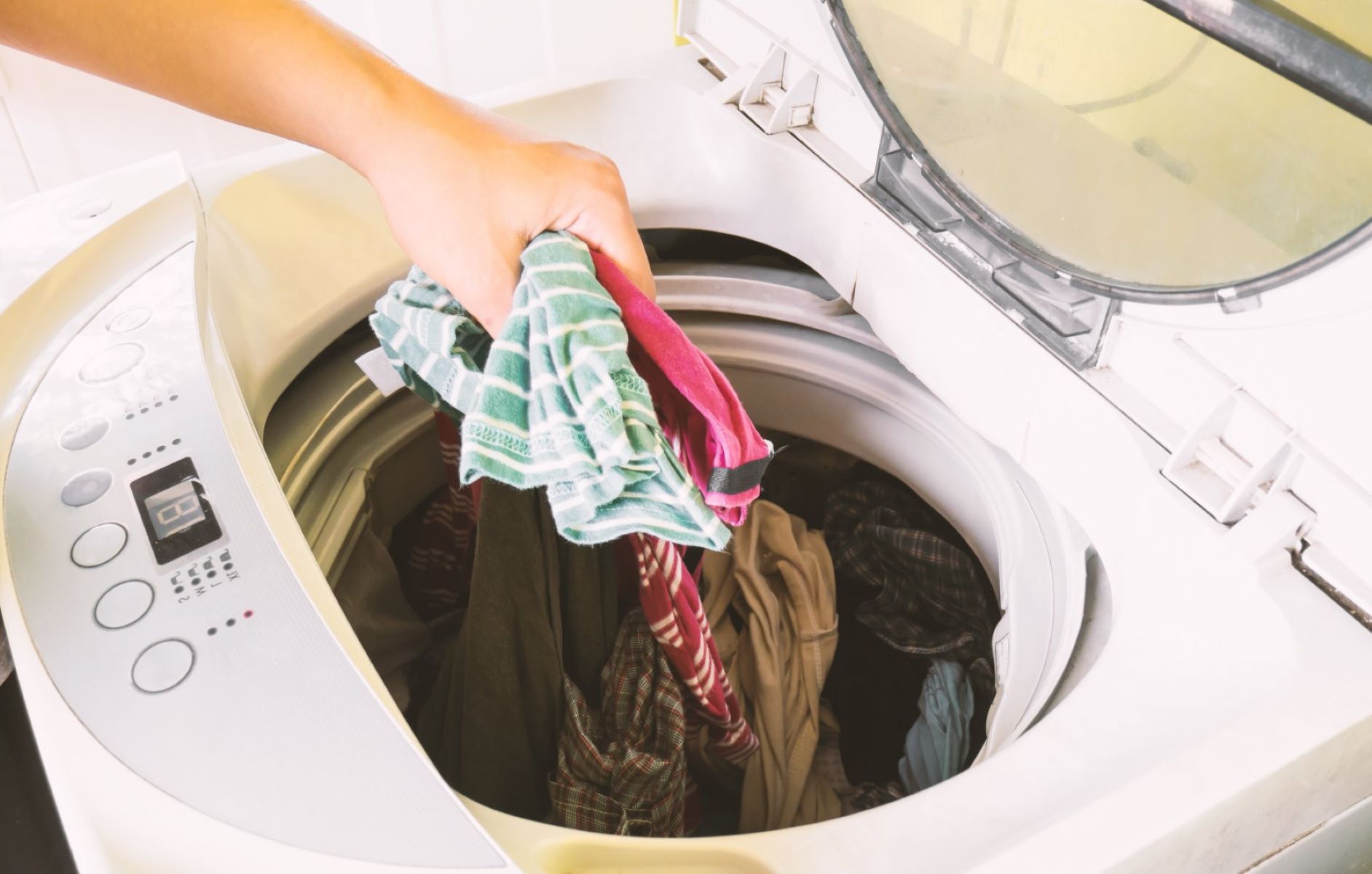
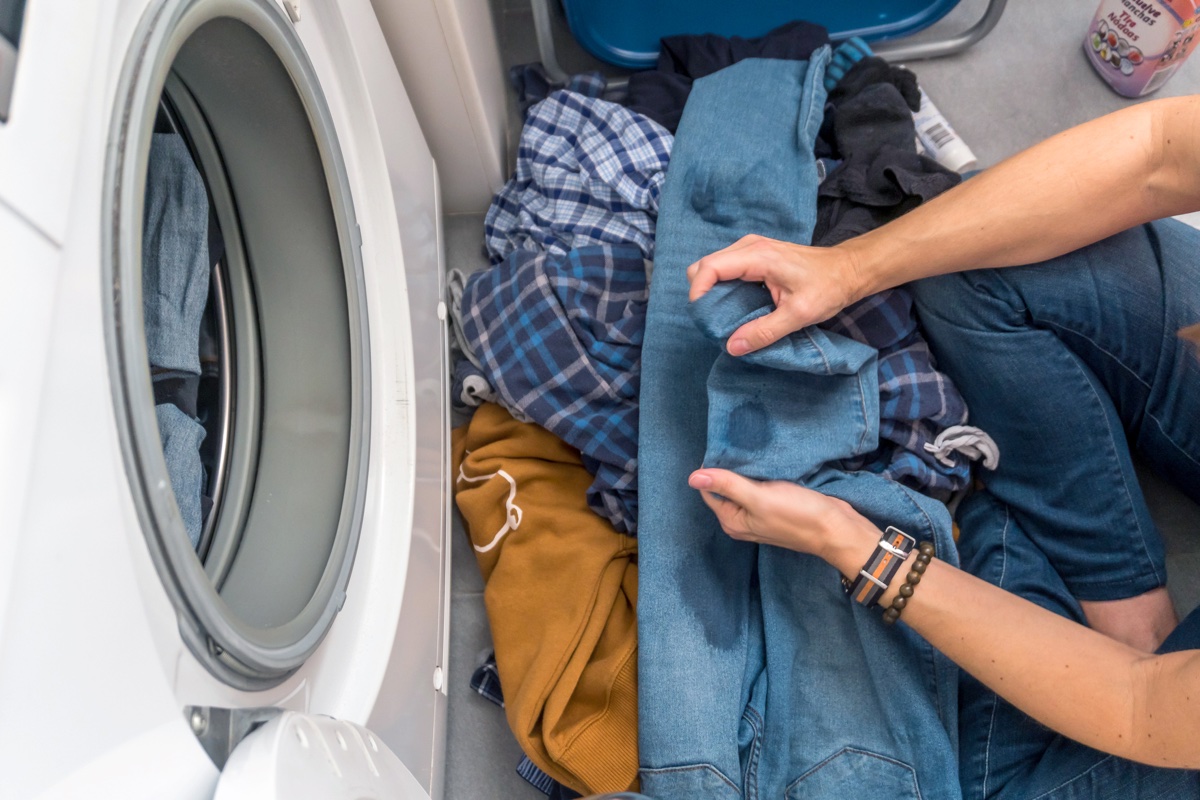
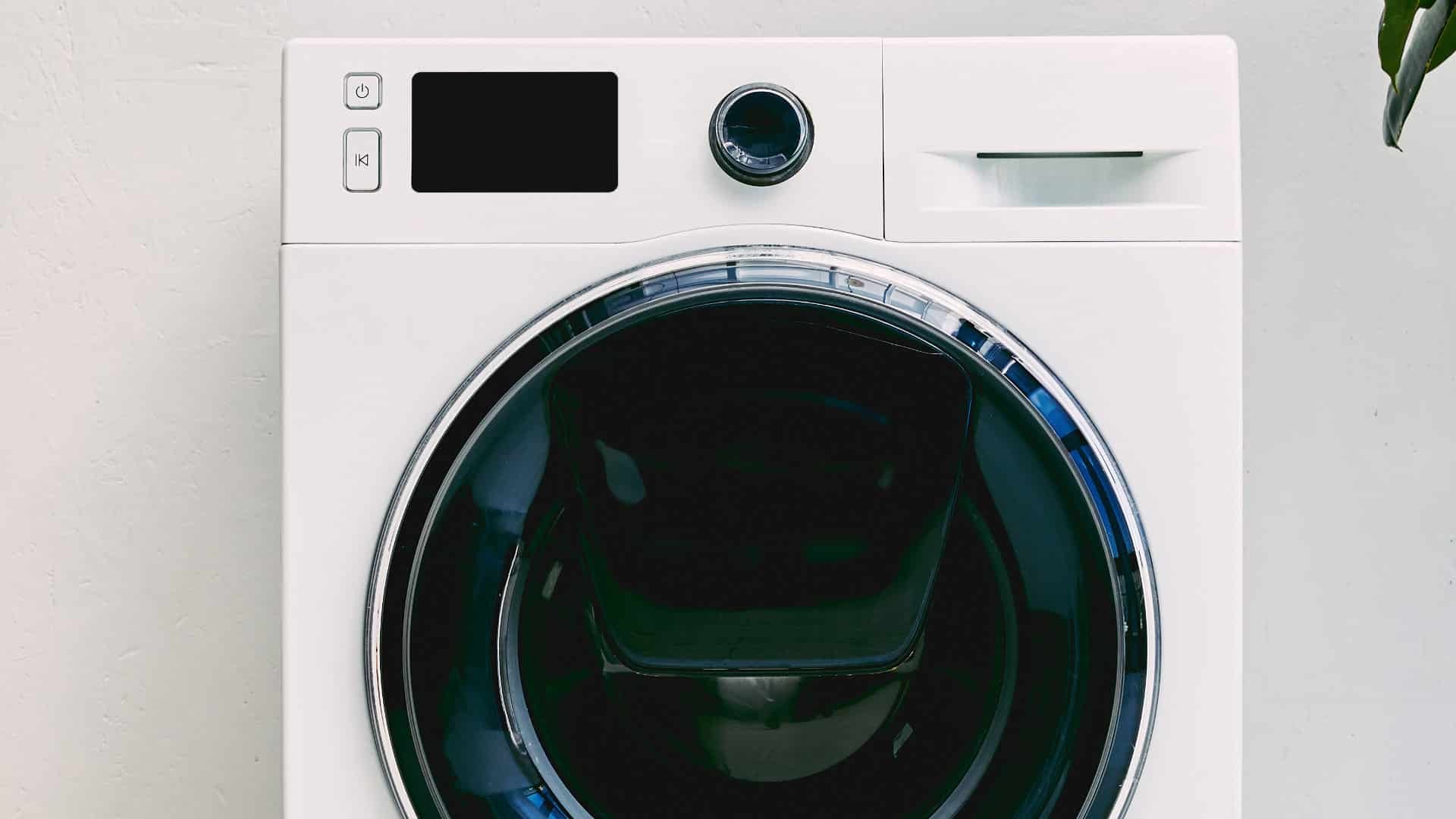
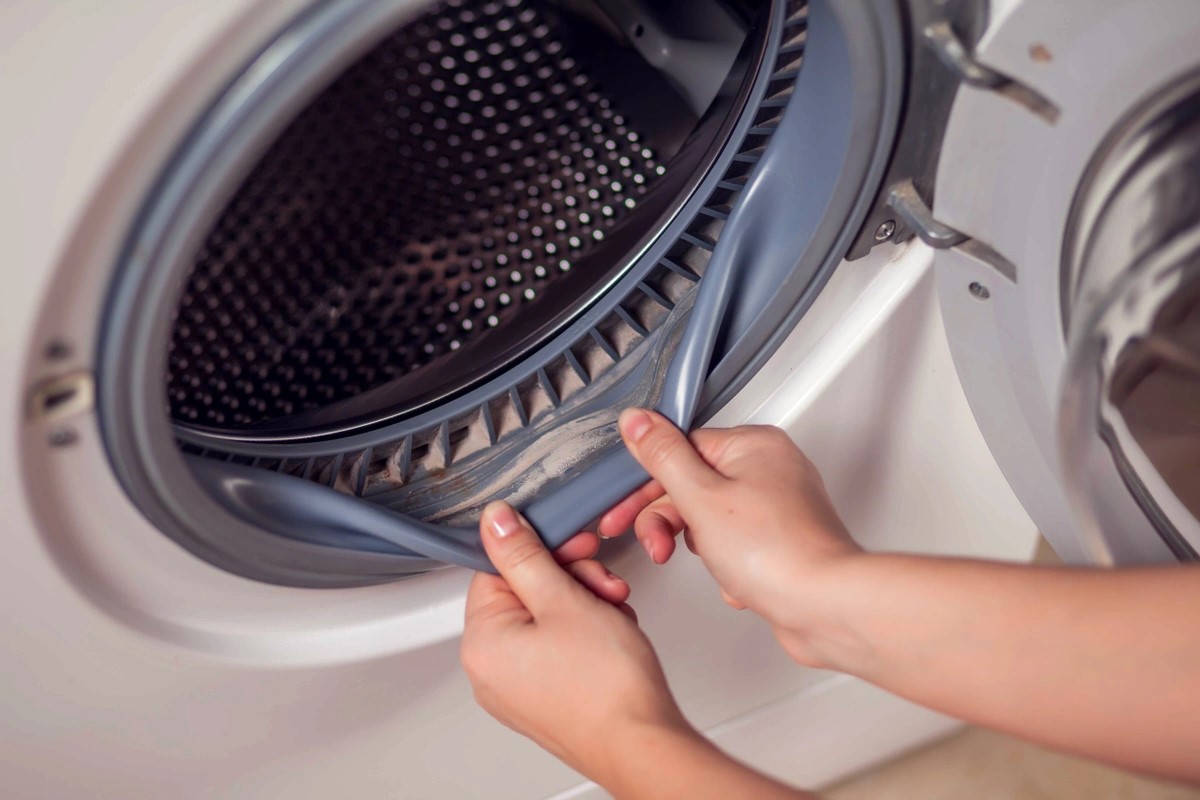

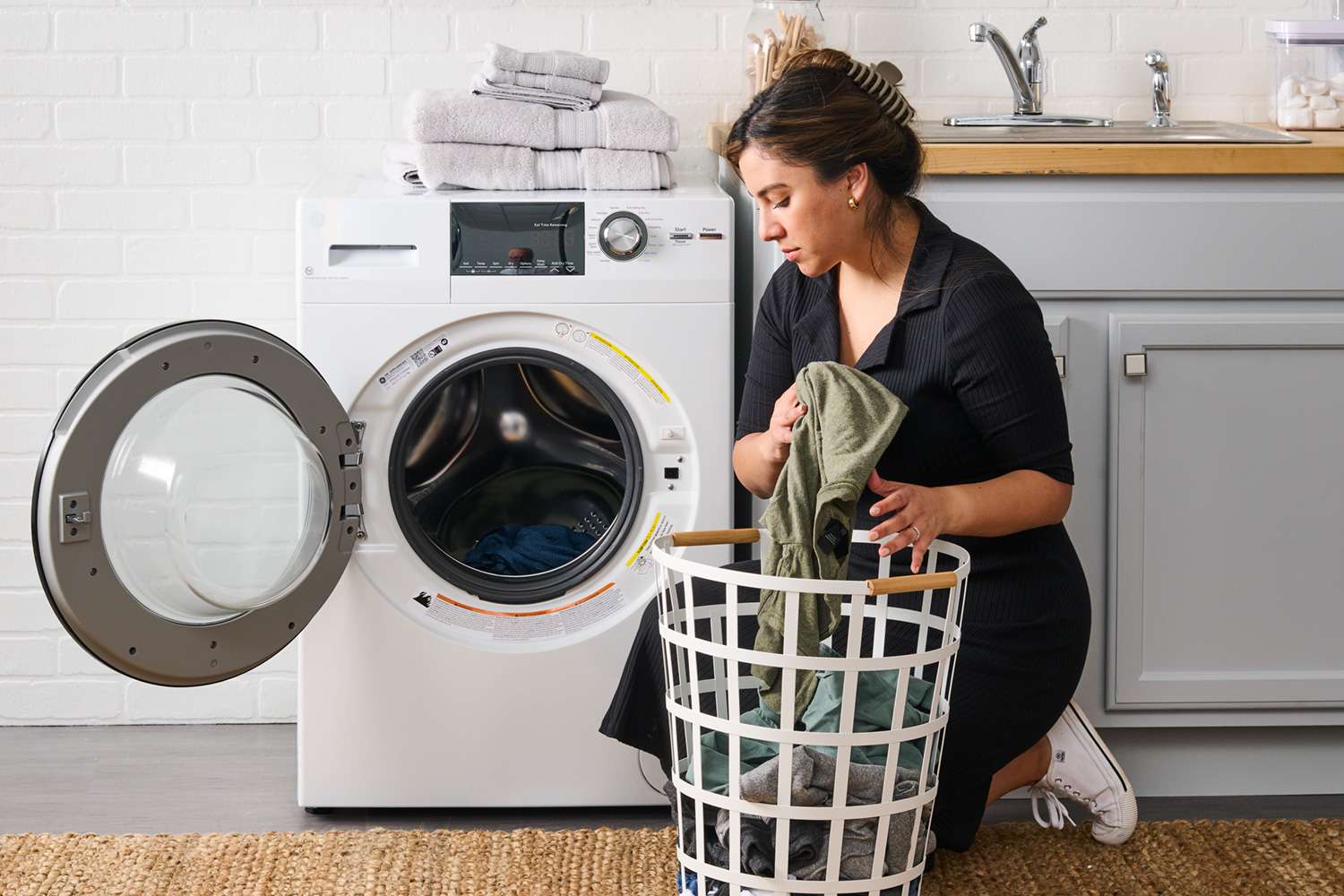
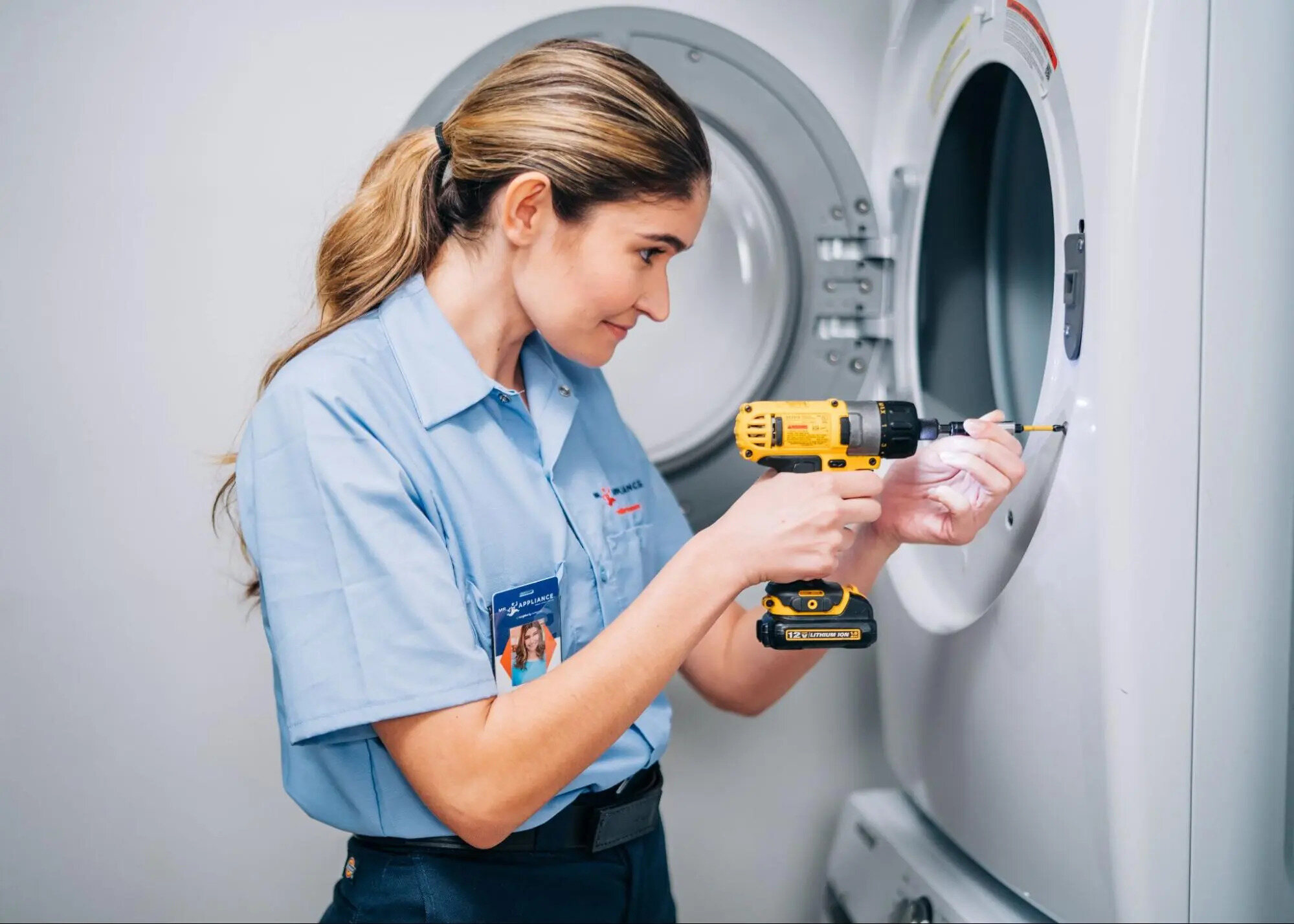

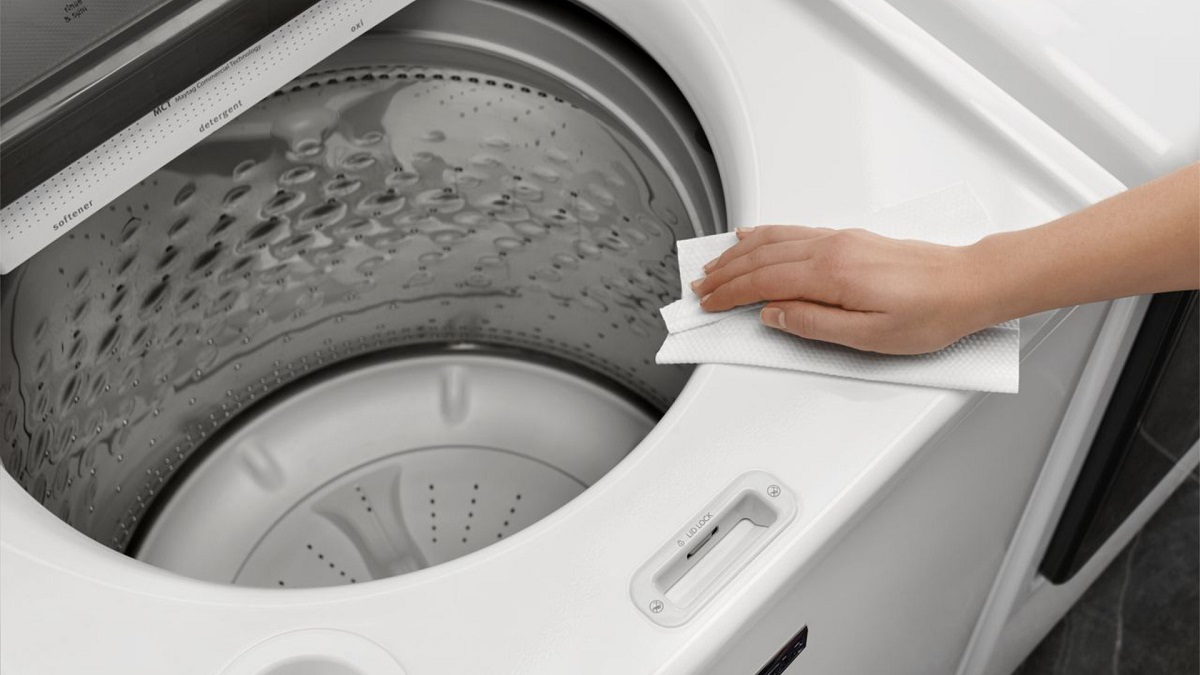

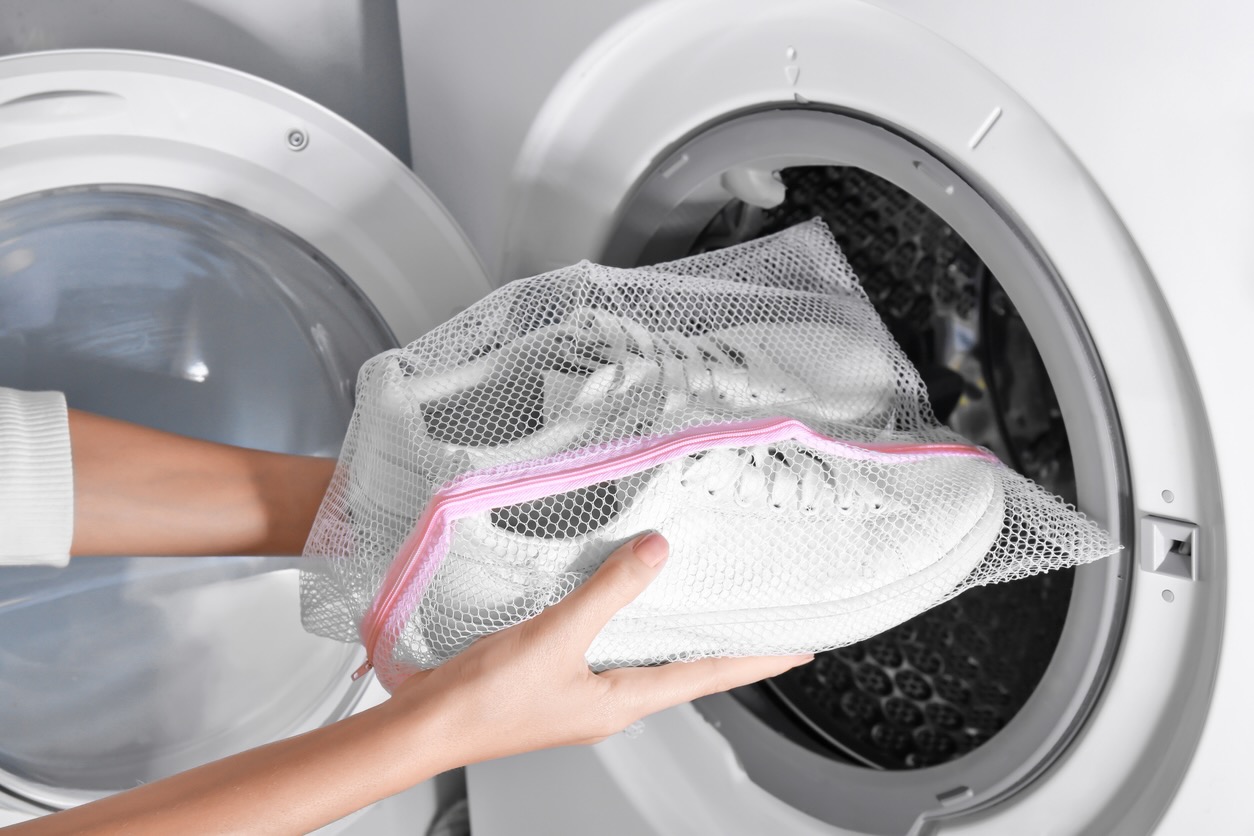
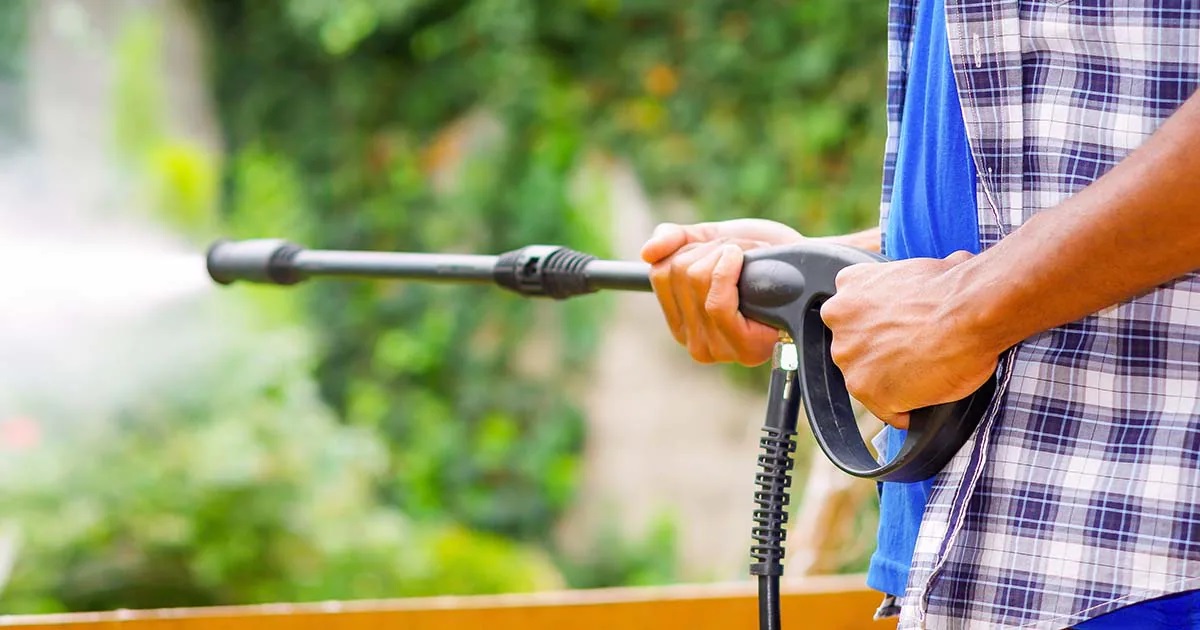
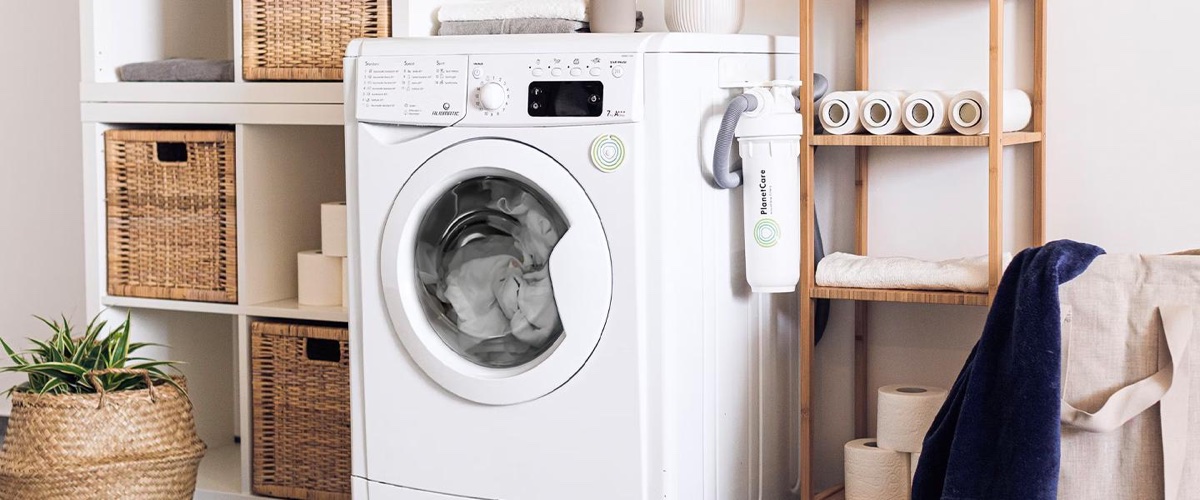

0 thoughts on “How Do I Get My Washing Machine To Spin Only”